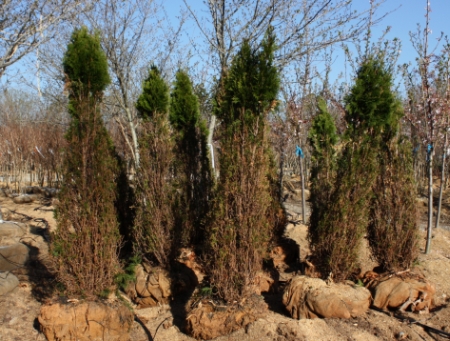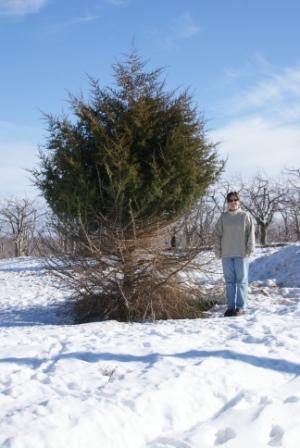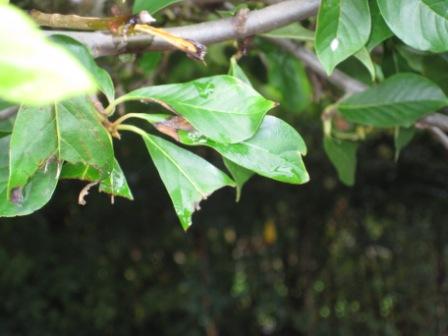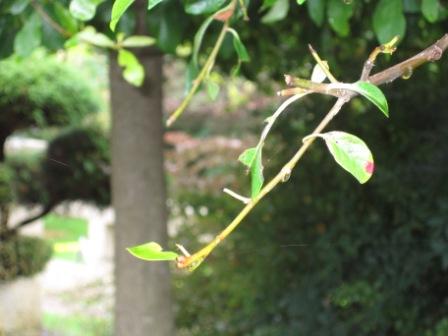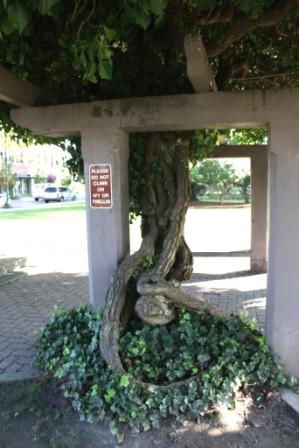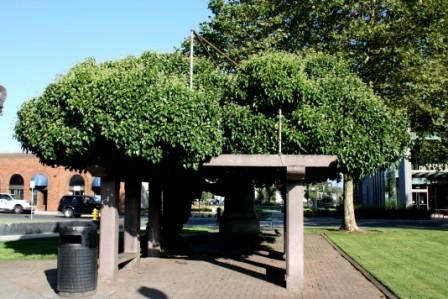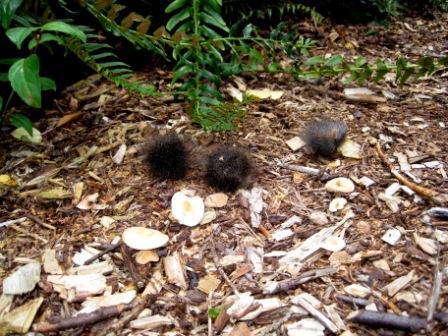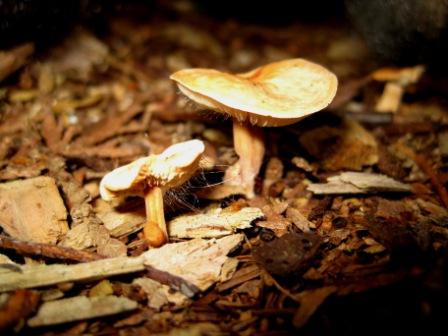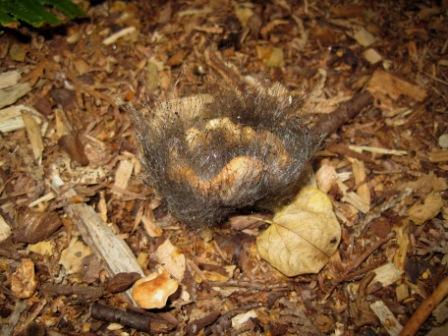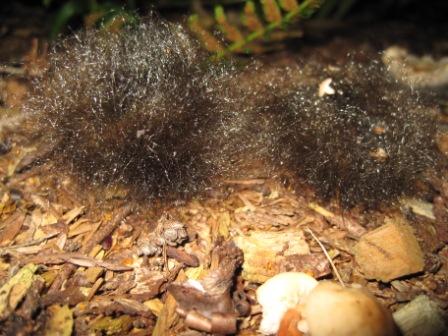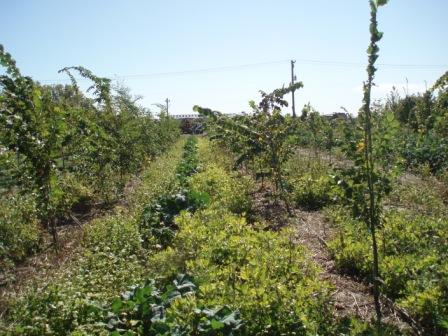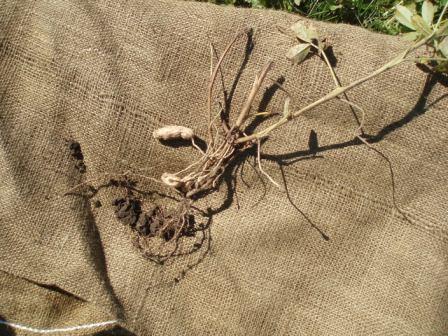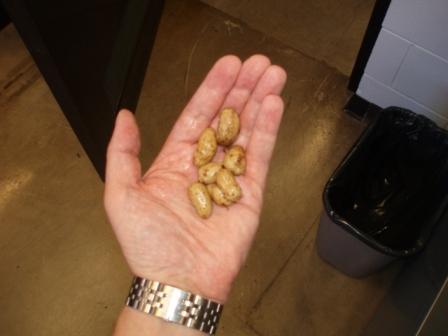
Gave a talk last week to the Arlington, Virginia Master Gardeners and friends (howdy!). What a wonderful group. I was warmly welcomed, they brought awesome goodies, and even laughed at my silly anecdotes.
As is inevitable during any plant presentation, the topic of deer came up. When the question arose of whether a particular perennial that I had enjoyed in my own garden was deer-resistant or not, I responded with “I’m not sure, I don’t have a deer problem.” I regretted my words the moment they came out. The audience erupted, and I swear cupcakes were (figuratively) flung at my head.
1. It was incredibly insensitive of me.
But I didn’t know! I was gently informed that yes, deer were indeed a huge problem. Arlington is tucked deep within the Beltway, right next to D.C. Though they have some nice green spaces and lots of big trees, I wouldn’t describe it as suburban, which is where I’ve heard all the deer problems were in Northern Virginia. The D.C. metroplex is bumper-to-bumper traffic about 22 hours per day, at least in the experience of this Country Mouse. How they haven’t been wiped out by deer-vehicle collisions, I’m not sure. Maybe the traffic never goes fast enough. I feel just awful for these folks. One lady described afterward how she couldn’t even have pansies in a container on her patio. She said she gardens “in her dreams.” I misted up.
2. I then had to try to explain why I don’t have a deer problem.
I’m not sure! What’s worse, I haven’t had too much of a problem at any of my previous residences (just digging the hole deeper, aren’t I). Currently, we live in the Country with a capital “C”, on the side of a mountain, surrounded by forests, pastures, streams, etc. There’s minimal fencing. The nearest neighbors* are not very near. We should be crawling with deer.
Don’t get me wrong, there are plenty around – picturesque herds roam the hayfields across the valley. Driving home at dusk in the spring and fall is an adventure in deer-dodging. They do occasional visit closer to the house, traipsing through our blueberries, and eating fallen apples, or nibbling the tops out of my okra. They have damaged some of our veg garden, but no worse than our own destruct-o-chickens. But they rarely mess with the ornamentals. Of which there are LOTS.
* Incidentally, most of those (very nice) neighbors possesses multiple rifles and armloads of 30-06 rounds. I know this because deer season is nigh, and everyone’s adjusting their scopes and blowing out the dust. Blam, blam, blam.
My best guess as to our relative freedom from deer damage? Neighbors who enjoy deer steaks, plus an active assault-hound program. OUR weapons of choice:

Bebe (B.B.) the Basenji-mix and Bunny the Whippet. Faster than speeding bullets. Joel is asleep so I graciously cropped him out.
Not very fearsome as depicted here, but two sight-hounds can give the deer a run for their money. They love to patrol the grounds. Plus it’s great exercise for the little couch lizards.
The deer explosion has turned many people off from gardening (both novice and experienced). To have something you’ve grown and/or spent a chunk of money on – there one evening and gone the next morning – must be very, very frustrating. My heart goes out to the kind and hardy gardeners of Arlington and all others for whom deer are an absolute plague.
</d

